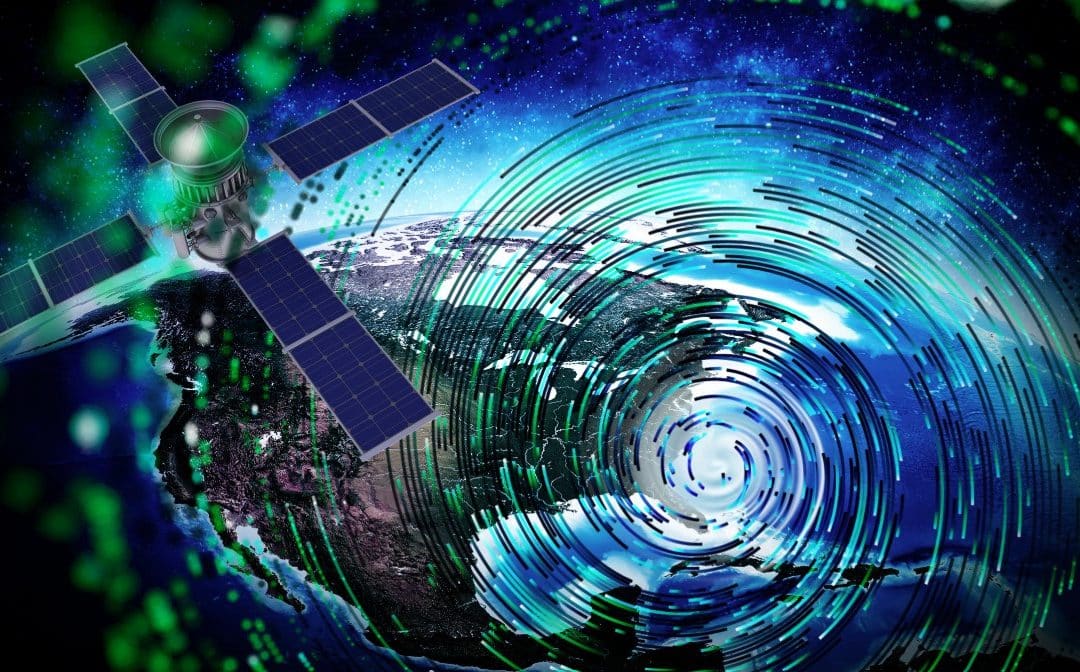What I Learned at This Year’s Big Weather Conference
Have you ever wondered how meteorologists can now predict a hurricane’s path with almost surgical precision at times? The answer lies in the groundbreaking fusion of artificial intelligence and meteorology that’s transforming weather forecasting as we know it. We are still dealing with the challenges of forecasting Rapid Intensification with Tropical Systems, and that must be and I believe will be improved.
The Challenge: Why Traditional Weather Forecasting Isn’t Enough, but Also Why We Have a Long Way to Go and Much Still to learn with AI
Traditional weather prediction has long relied on physics-based numerical models, which, while robust, often struggle with certain dynamic parameters.
The Power Changer: How AI is Transforming Weather Prediction
Introducing AI-powered systems isn’t just an upgrade – it’s a complete paradigm shift in how we understand and predict weather patterns. Here’s what’s making waves in 2025:
EC-AIFS: Setting New Standards in Accuracy
The European Centre’s Artificial Intelligence Forecasting System (EC-AIFS) has emerged as a pioneer in next-generation weather prediction. During recent extreme weather events, it achieved what many thought impossible:
Beyond Traditional Forecasting: The AI Advantage
Modern AI-powered systems are revolutionizing weather prediction through:
- Pattern Recognition: Analyzing vast datasets to identify subtle atmospheric patterns that human forecasters might miss
- Real-Time Adaptation: Continuously learning from new data to improve prediction accuracy
- Computational Efficiency: Delivering critical forecasts up to 80% faster than traditional methods
I want everyone to keep in mind this is still relatively new, and there are many things we still don’t know about exactly how to blend AI models with traditional physics-based models. We cannot solely rely on AI. There are plenty of unknowns that must be addressed
What This Means for You: Real-World Applications
The impact of AI-powered weather forecasting extends far beyond the meteorologist’s office:
For Communities
Advanced warning systems now provide up to 72 hours’ notice for severe weather events, giving communities critical extra time to prepare and evacuate if necessary.
For Businesses
Companies can now make more informed decisions about:
- Supply chain management during extreme weather
- Infrastructure protection measures
- Resource allocation for emergency response
For Emergency Services
First responders can now:
- Pre-position resources more effectively
- Develop more targeted evacuation plans
- Coordinate response efforts with unprecedented precision
Looking Ahead: The Future of Weather Prediction
As we move through 2025, several exciting developments are on the horizon:
Emerging Technologies
- Quantum computing integration for even more precise calculations
- Enhanced satellite data processing capabilities
- Advanced neural networks for pattern recognition
Anticipated Improvements
- Hyperlocal predictions down to neighborhood-level accuracy at times (not always)
- Extended forecast reliability up to 21 days
- Better prediction of rapid weather changes (at least that is the hope)
Take Action: Staying Ahead of the Weather
Want to leverage these technological advances for better weather preparedness? Here’s how:
- Stay informed about local AI-powered weather services in your area
- Understand how to interpret advanced weather predictions (I will continue to blog on this)
- Develop comprehensive weather response plans based on improved forecasting capabilities
Learn More
In future posts, I hope to provide the following.
- Latest developments in weather technology
- Expert interviews and insights
- Practical applications for businesses and communities

